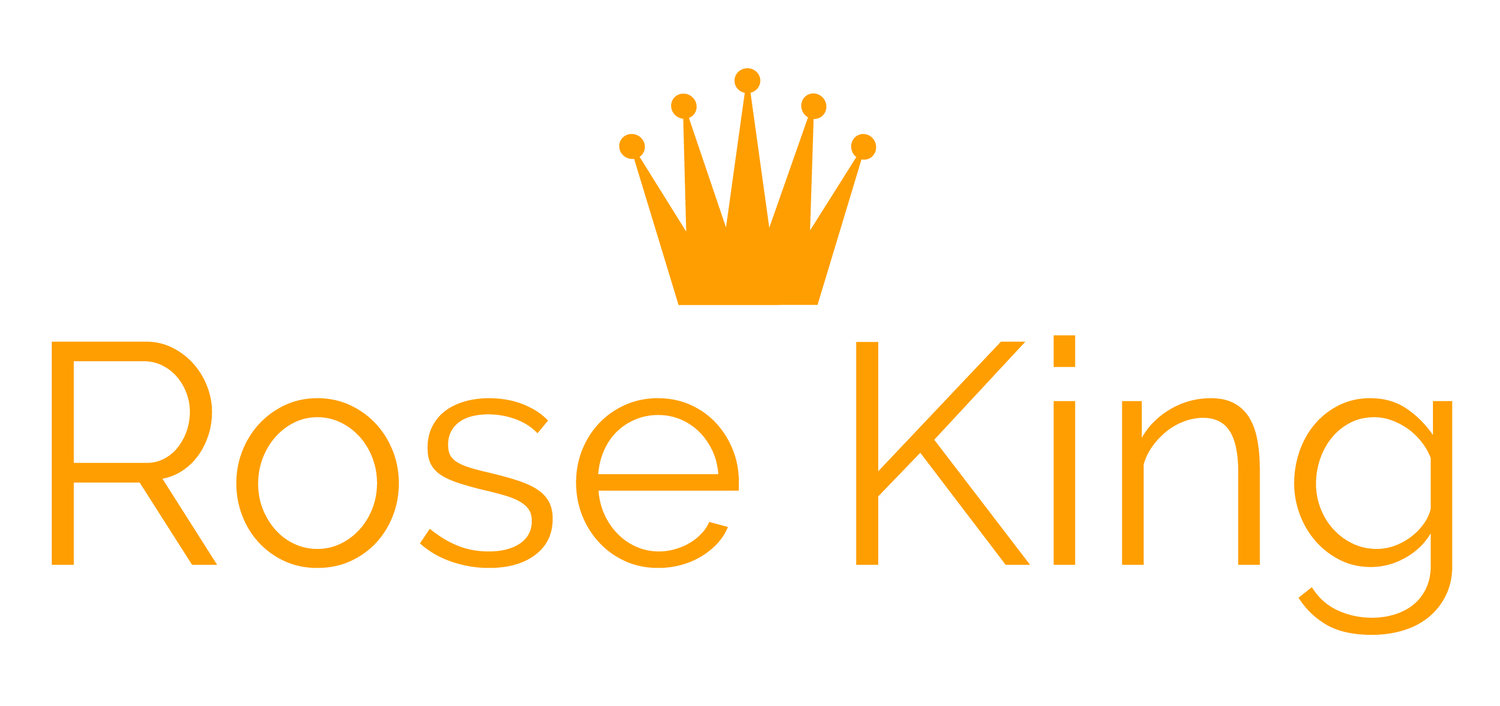As we head into Super Tuesday, it’s too early to predict which presidential candidate will ultimately become the Democratic nominee. But there’s one candidate using a rhetorical tool worth noting.
Whether on the debate stage or in a town hall, Pete Buttigieg encourages people to think about a specific day in time – whether in 2020 or 2024 – when we’ll elect a new president. Here’s what Mayor Pete said to a packed house at an Iowa rally: “Imagine a year from now when the sun rises over Cedar Rapids and Donald Trump is not president.” It was one of his biggest applause lines of the night.
Mayor Pete often follows up this line by asking audiences to really visualize it: “Think about it. The sun’s coming up that day over a country that’ll be even more divided than we are today, even more torn up over politics, even more exhausted from fighting than we are right now.”
If you offer your audience a future they genuinely want, they’ll help turn your vision into a reality.
MSNBC reporter Katy Tur asked Mayor Pete directly about this rhetorical technique. He explained, “Part of why I ask people to visualize that day is not only that it’s a day we’ve got to work hard to bring about, but also to realize that a lot of our problems will be with us on that day too. This isn’t just about the nominee who can defeat Donald Trump. It’s about the president who can lead us through the era that’s got to come next … it is our chance to set a different course ….”
Now, giving folks a glimpse of the future isn’t a new rhetorical strategy by any means. As my fellow speechwriting colleagues have rightly pointed out, President Lincoln used it in the Gettysburg Address calling for “a new birth of freedom.” Many presidents since then – notably Reagan and Obama – have used it masterfully as well to describe a bright future ahead.
Nor is this technique just for politicians. It can be used in any persuasive talk on just about any topic and any length of speech. It is, in fact, the fourth step of Monroe’s Motivated Sequence, a framework developed by Professor Alan Monroe of Purdue University in the1930s:
Step one - grab the audience’s attention.
Step two - describe a problem.
Step three - offer a solution.
Step four - help the audience visualize the future.
Step five - call to action.
(You can learn much more about Monroe’s Motivated Sequence here.)
The fourth step is vital. If you can help your audience “see” or imagine your solution, you’ll have a better chance of them getting up from their chair and actually doing your call to action. Opening their checkbooks. Calling their Senator. Signing your petition. Offer them a future they genuinely want and they’ll help turn your vision into a reality.
###
For more examples of helping your audience visualize the future, watch President Reagan’s famous “Morning in America” ad. In it, he paints an optimistic portrait of life in America (i.e., low unemployment, low inflation). He then assures voters things will stay that way, if he’s elected. Another example is President Obama’s aspirational refrain that we’re not made up of red states or blue states … we’re the united states.
Reach out if you’d like to talk more about persuasive speaking or if your organization is looking for a public speaking trainer. Looking ahead, I’m heading to Washington, D.C., in March to offer speechwriting training to a large federal agency. I’d love to come to your organization as well. You can reach me at rose@rosespeechwriter.com.
[PS – In case you’re wondering … no, I’m not necessarily backing Mayor Pete. I just appreciate his steady use of this time-tested rhetorical tool.]





![Welcome 2020! Next year, I’ll put a new spin on my blog by taking on speech reviews. See you then! [Photo Credit: Jamie Street on Unsplash.]](https://images.squarespace-cdn.com/content/v1/56b15eefb6aa6091b8ce7fc2/1587599118045-LOZ4SMSW85L7Z5DI1VV3/jamie-street--d6kTMGXV6E-unsplash.jpg)
![Communicate in the ‘right’ direction by focusing on the audience: find out what’s on their mind before writing your content. [Photo credit: Nick Fewing]](https://images.squarespace-cdn.com/content/v1/56b15eefb6aa6091b8ce7fc2/1573402500842-HD0NKY9ITC7RNLF35QAD/Rosemary+Nov+Photo.png)
![Churchill said, “If you have an important point to make, don’t try to be subtle or clever. Use a pile driver. Hit the point once. Then come back and hit again. Then hit a third time – a tremendous whack.” [Photo Credit: Arthur Osipyan]](https://images.squarespace-cdn.com/content/v1/56b15eefb6aa6091b8ce7fc2/1571268101728-A6CXC1FA14ELOM0M5JZH/Image.jpg)
![When people tell a moving story, our brains release cortisol and oxytocin. [Photo Credit: Paul Zak video, “The Future of Storytelling”]](https://images.squarespace-cdn.com/content/v1/56b15eefb6aa6091b8ce7fc2/1569261110558-R9NQ7JJKY3H34V7KXJOM/Rosemary+Sept+blog+photo.png)
![Statistics and data won’t move your audience to action – but stories will. [Photo Credit: Annie Spratt]](https://images.squarespace-cdn.com/content/v1/56b15eefb6aa6091b8ce7fc2/1567705993438-BN7632JISAQGFOE4U3OT/Rose+Sept+Blog+Photo.png)


